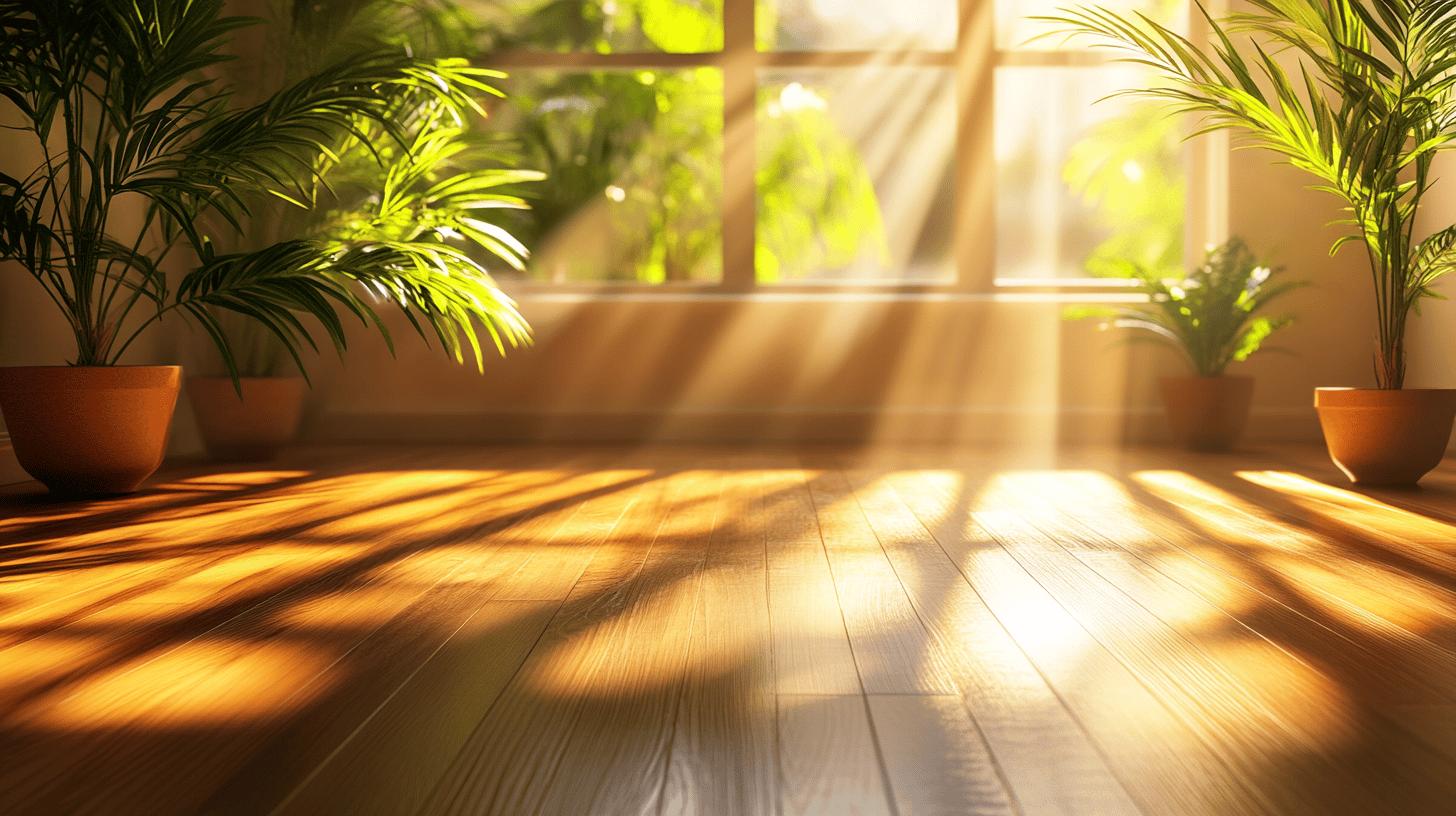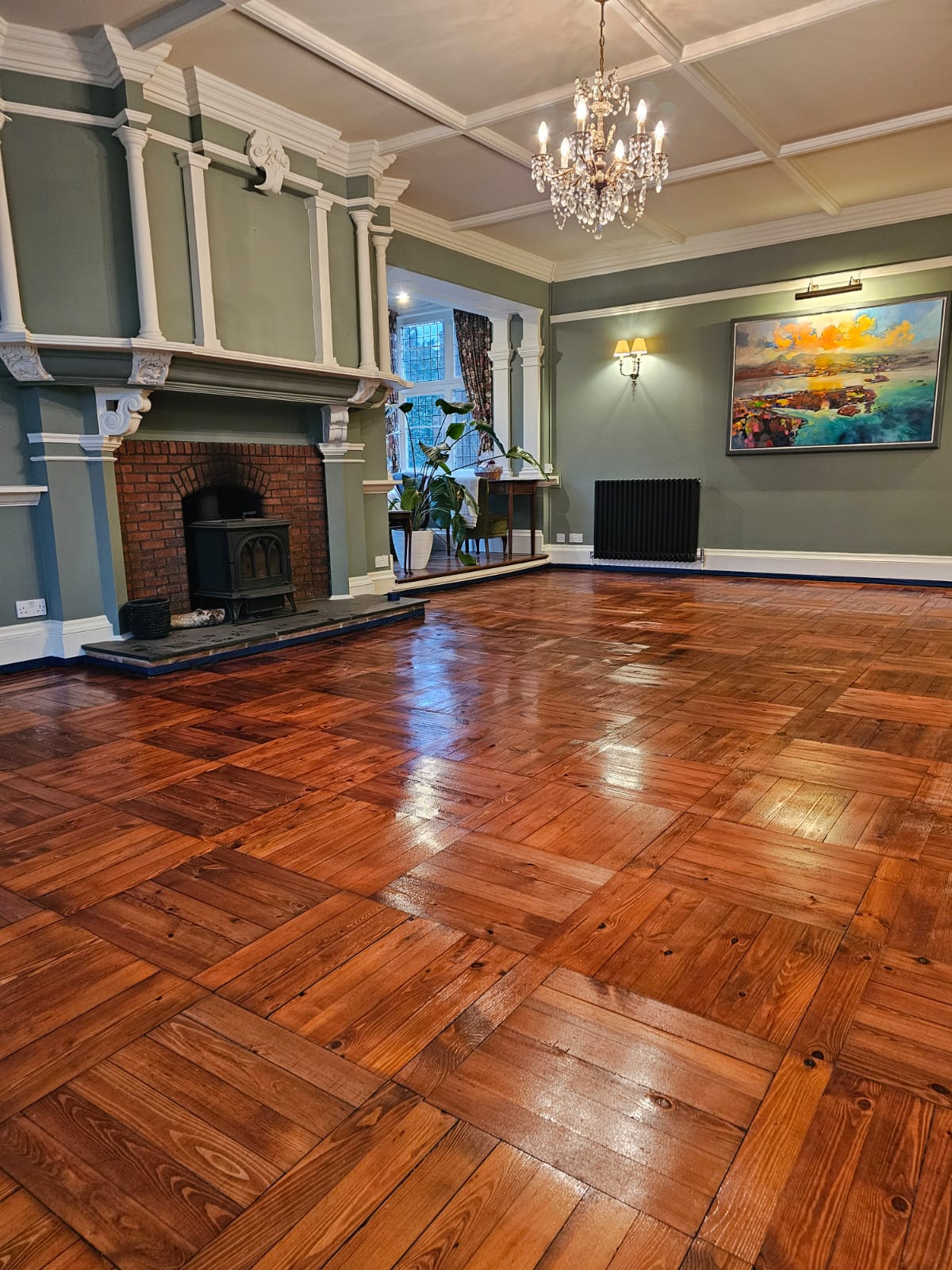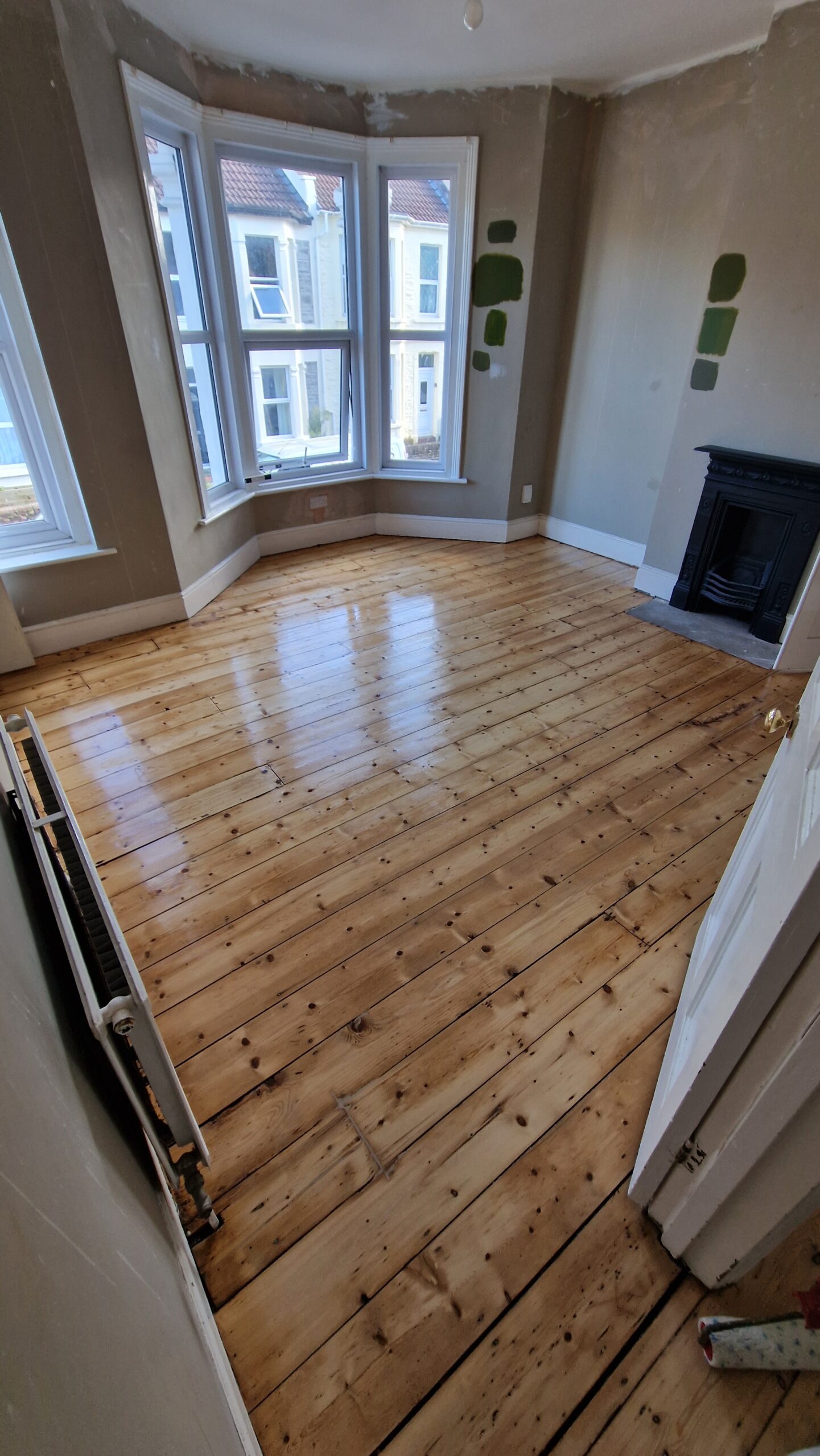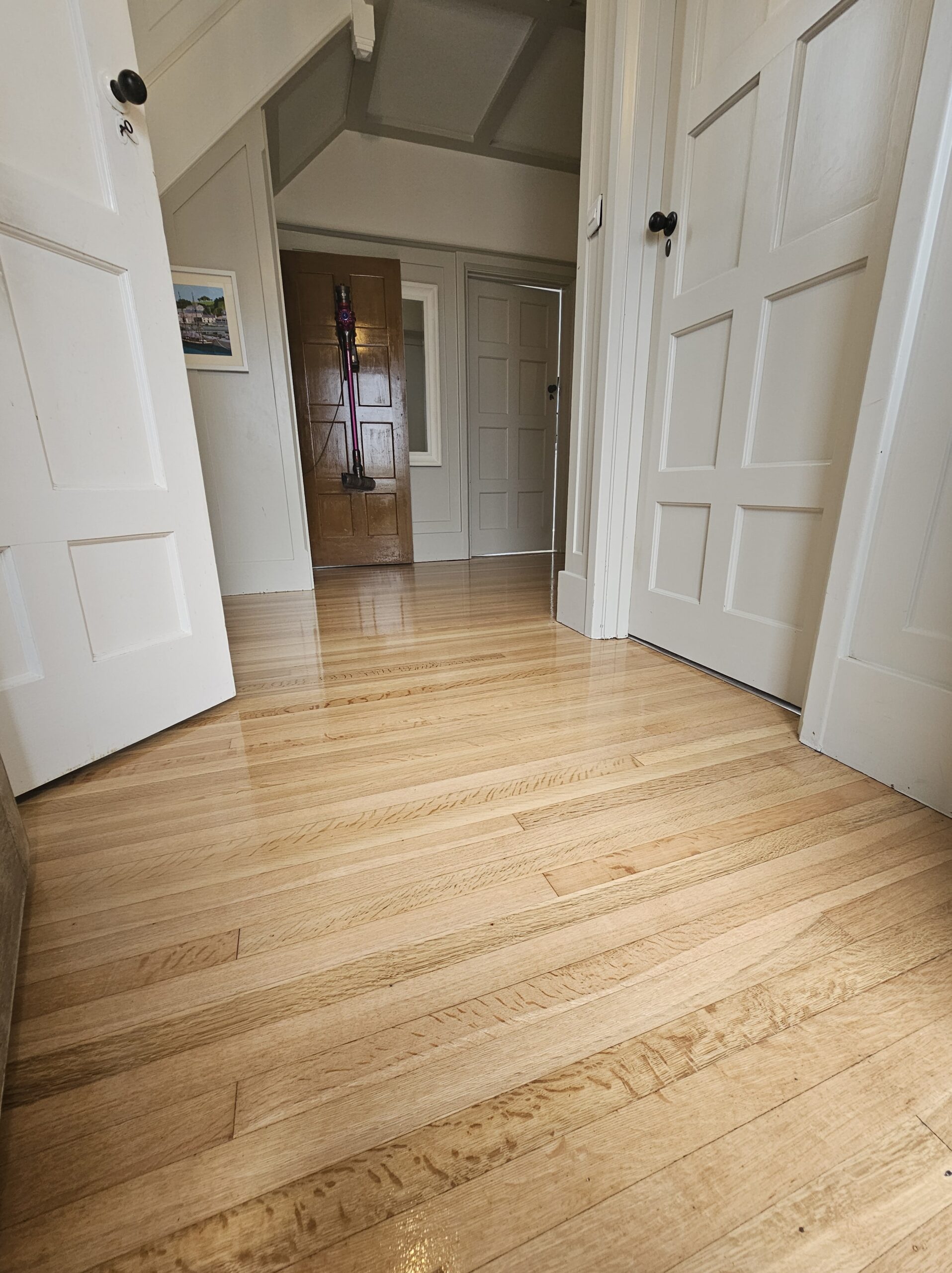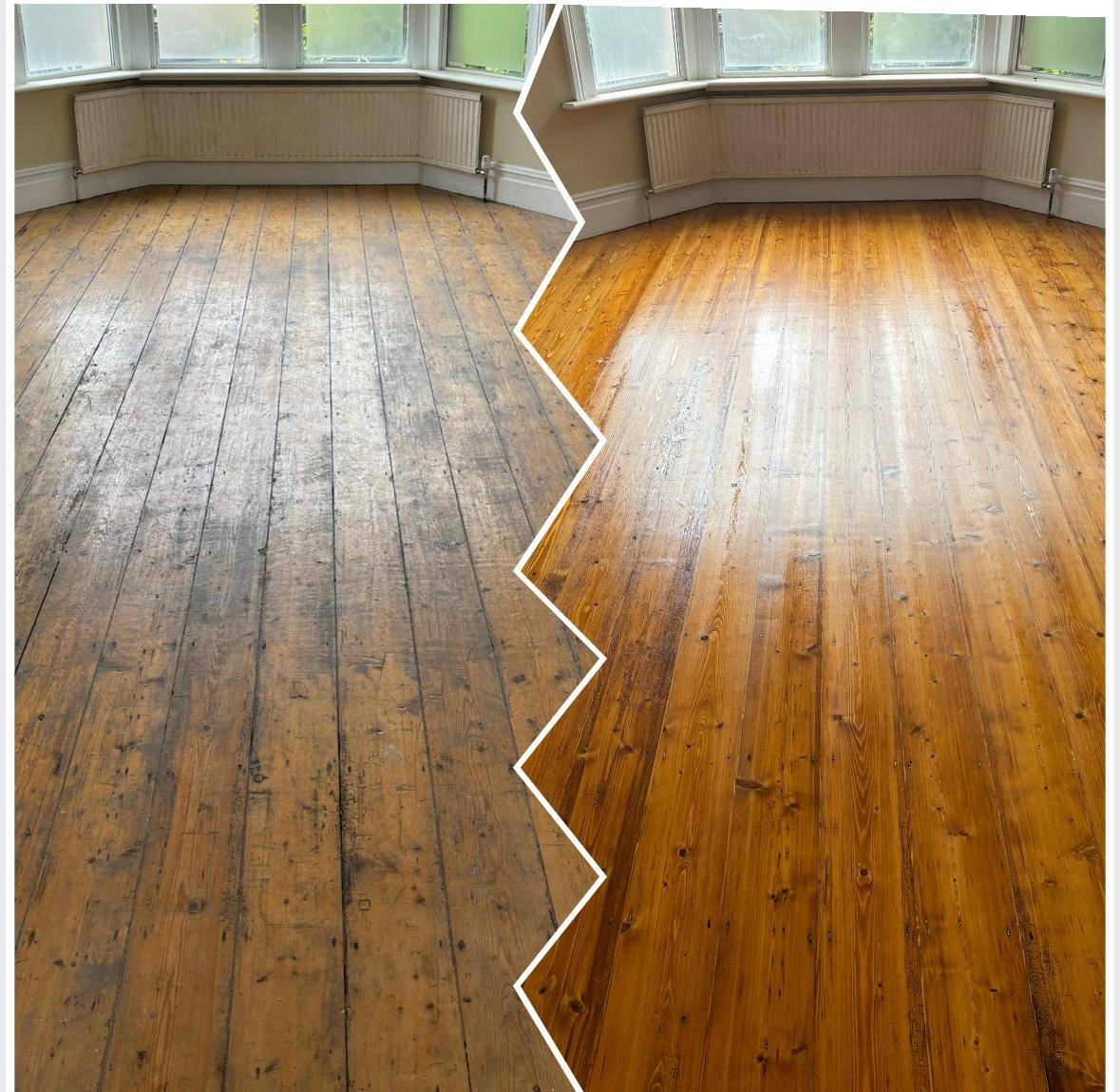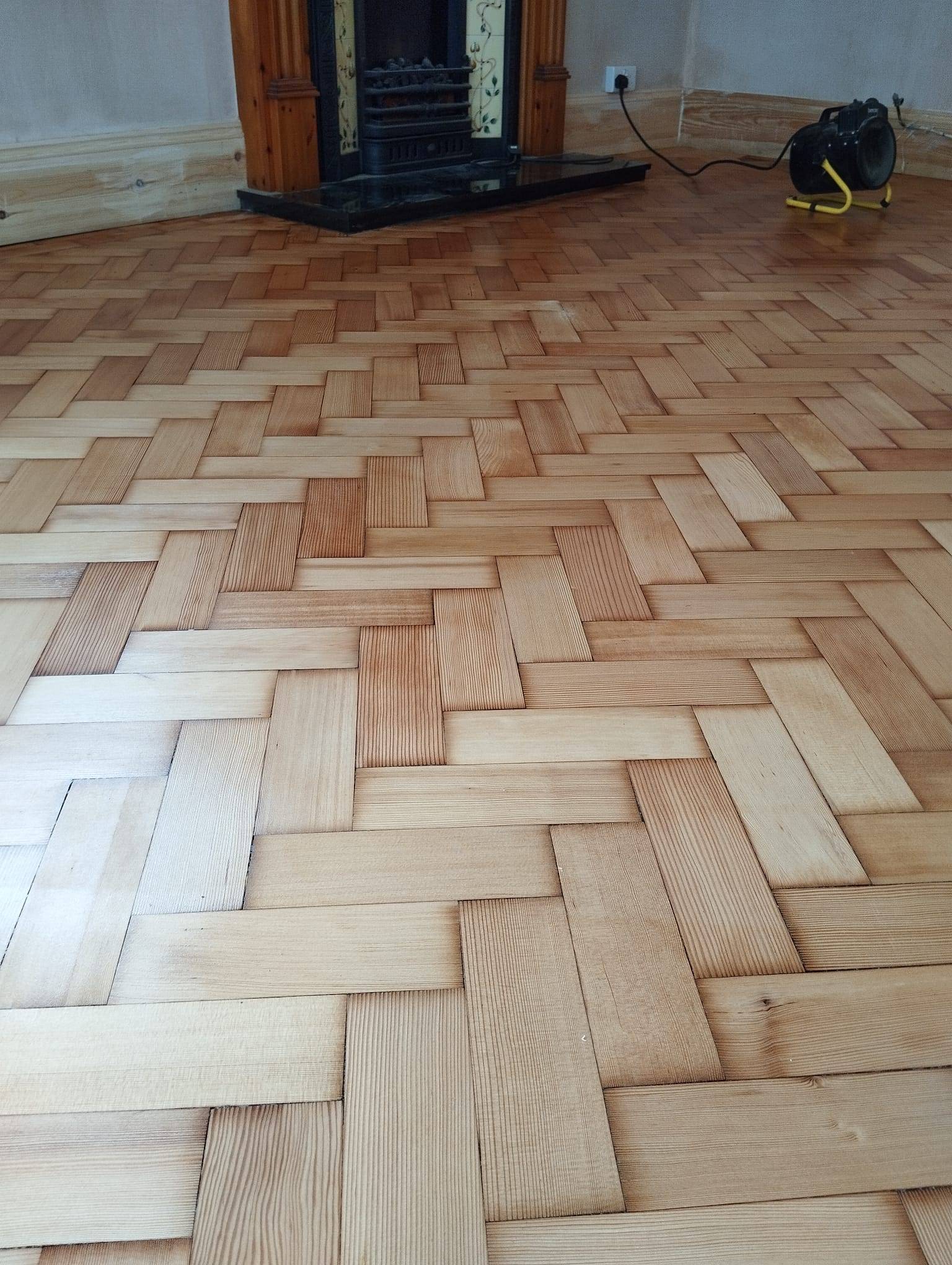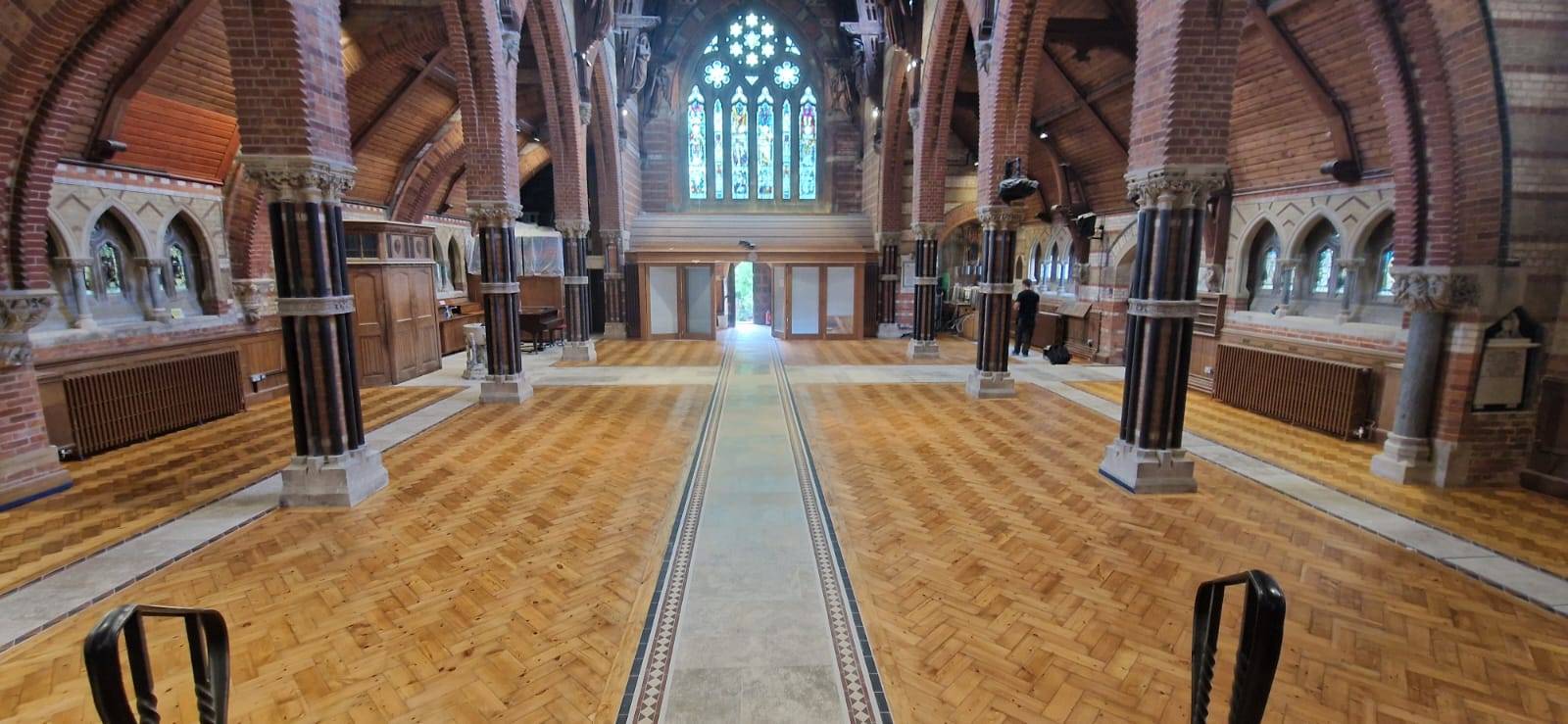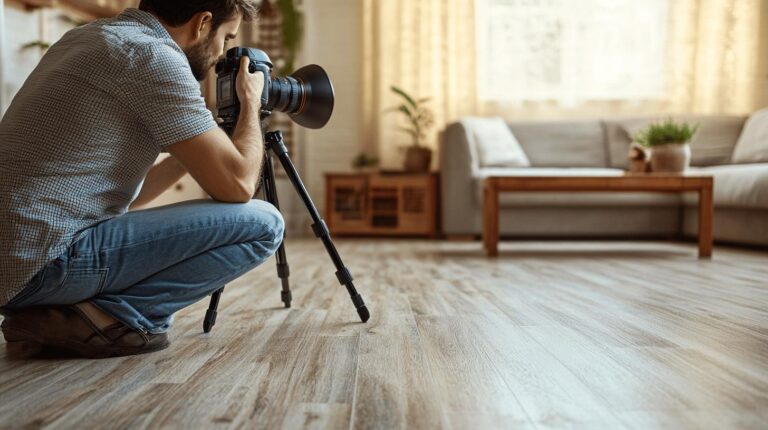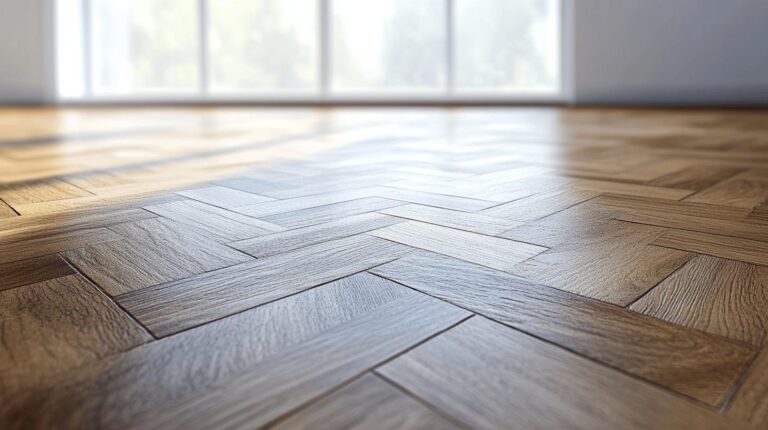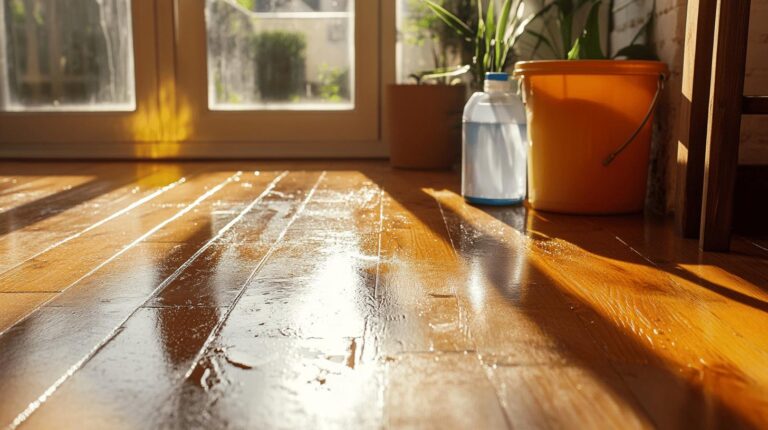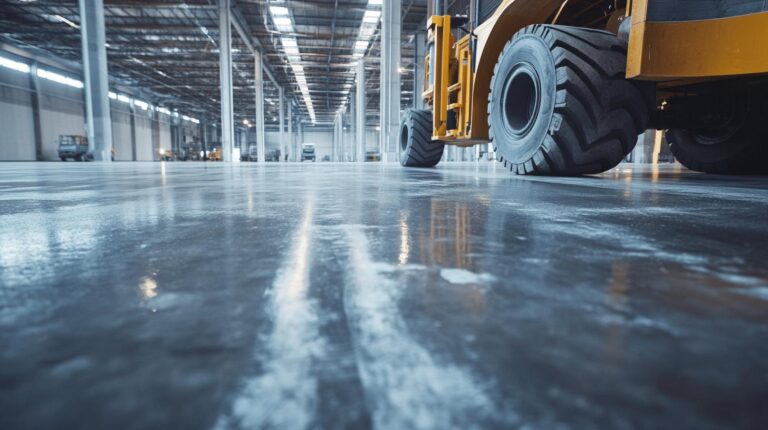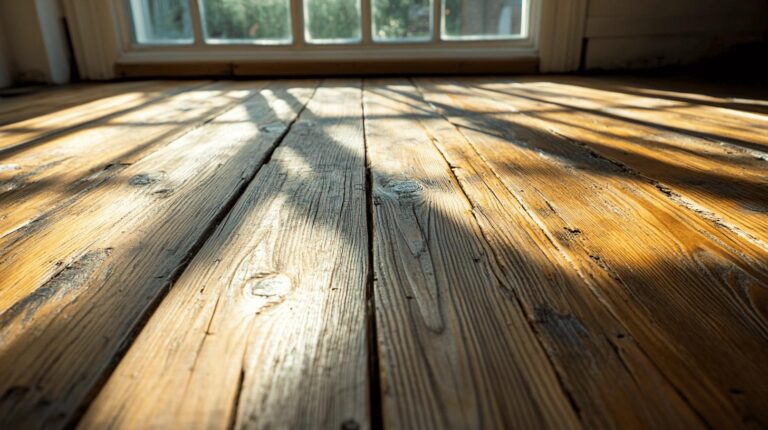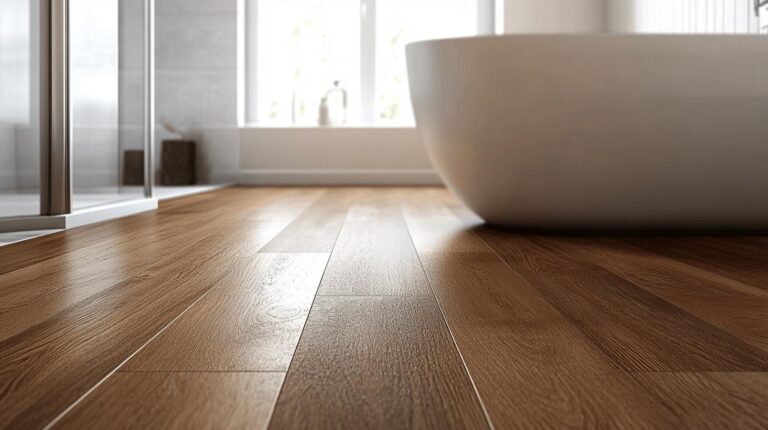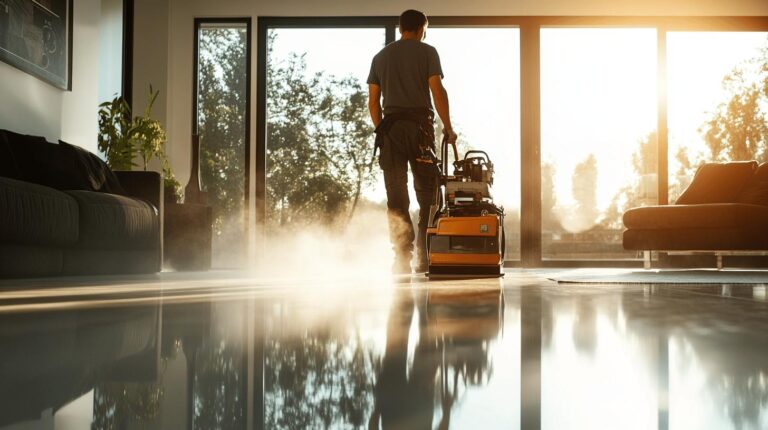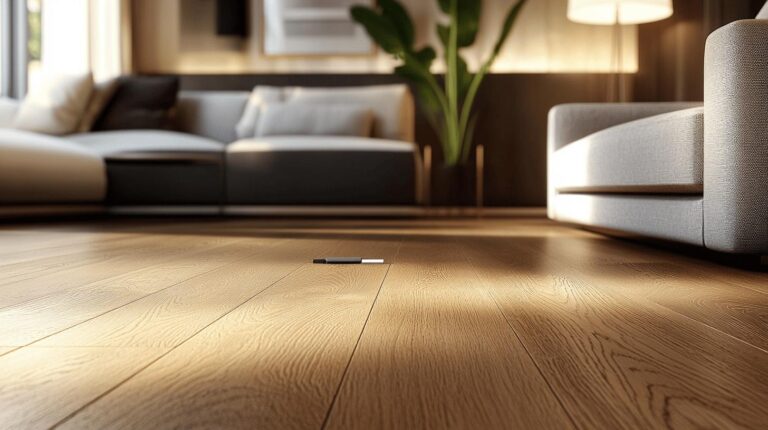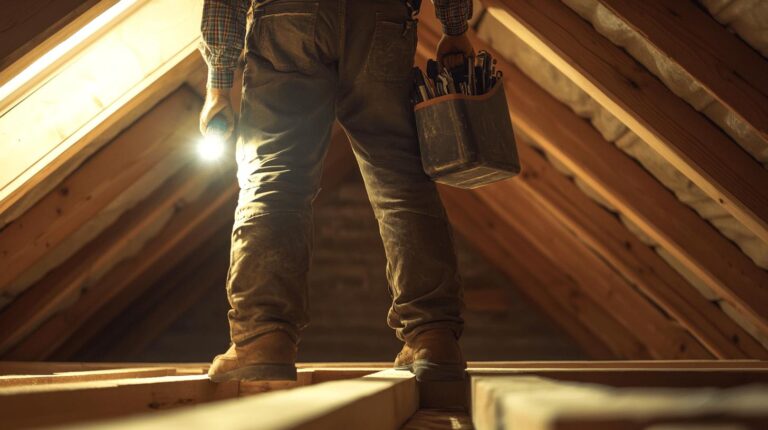Can climate and humidity really enhance the longevity of wood floors? The answer might surprise you. These elements, often viewed as adversaries to timber, can actually prolong the life and beauty of your wooden floors when properly managed. Just as a gardener understands the seasons to yield a fruitful harvest, a homeowner knowledgeable about the atmospheric influences on wood can ensure their floors remain a timeless asset. By exploring how climate and humidity interact with wood, this article will offer insights that equip you to safeguard your floors from potential environmental impacts.
How Climate Influences Wooden Floor Longevity
Wooden floors are highly sensitive to variations in climate, primarily due to their hygroscopic nature. This means that wood naturally absorbs and releases moisture from the surrounding environment. When humidity levels rise, wood tends to expand, while lower humidity levels cause it to contract. This constant cycle of expansion and contraction can lead to several issues if not properly managed. Temperature fluctuations also play a critical role, as they can enhance these effects, leading to potential structural issues within the floorboards. For example, during summer, increased humidity can cause wood to swell, while in winter, heating systems can dry out the air, leading to shrinkage. These changes can stress the wood, affecting its overall durability and beauty.
- Expansion: Caused by high humidity levels, leading to swelling of wood.
- Contraction: Occurs during low humidity periods, causing the wood to shrink.
- Warping: Results from uneven moisture absorption, distorting the wood’s shape.
- Buckling: This happens when floors expand beyond their capacity, lifting from the subfloor.
- Gapping: Spaces forming between floorboards due to excessive contraction.
Understanding these climate-related impacts is crucial for maintaining the longevity and aesthetics of wooden floors. Proper maintenance practices, such as ensuring stable indoor humidity levels and using protective measures, can mitigate these issues. By being aware of how environmental factors affect wood, homeowners can make informed decisions about installation and ongoing care, ultimately safeguarding their investment and enhancing the floor’s performance over time.
The Role of Humidity in Wooden Floor Durability
Wood is naturally hygroscopic, meaning it absorbs and releases moisture depending on the surrounding environment. This characteristic plays a crucial role in determining the durability of wooden floors. When humidity levels are high, the wood absorbs more moisture, leading to expansion. Conversely, during periods of low humidity, wood releases moisture, resulting in contraction. This continuous cycle of expansion and contraction can cause significant stress on the floorboards, potentially affecting their structural integrity and appearance. Understanding and managing these moisture effects is essential for maintaining the longevity of wooden floors.
| Humidity Level | Potential Impact |
|---|---|
| Below 30% | Excessive contraction, leading to gaps between floorboards |
| 30% – 50% | Ideal range, maintaining stability and appearance |
| 50% – 70% | Expansion, risk of slight warping or buckling |
| Above 70% | Significant expansion, the potential for severe warping and buckling |
Improper humidity levels can lead to several issues, including warping, gapping, and even buckling of floorboards. When the air is too dry, wooden floors are prone to shrinkage, resulting in noticeable gaps that detract from their aesthetic appeal. On the other hand, excessive moisture can cause the wood to swell, potentially leading to warping or buckling as the floorboards push against one another or the subfloor. Such damage affects not only the appearance of the flooring but also its functionality, leading to costly repairs if not addressed promptly.
Maintaining ideal humidity levels between 30% and 50% is crucial for preventing these issues and ensuring the longevity of wooden floors. Utilising humidifiers or dehumidifiers can help achieve and maintain these levels, especially in climates with significant seasonal changes. Regular monitoring of indoor humidity and implementing appropriate ventilation measures can further support a stable environment for wooden floors. By understanding and controlling humidity, homeowners can protect their investment and enjoy the beauty and durability of their floors for years to come.
Temperature Fluctuations and Their Impact on Wood Flooring
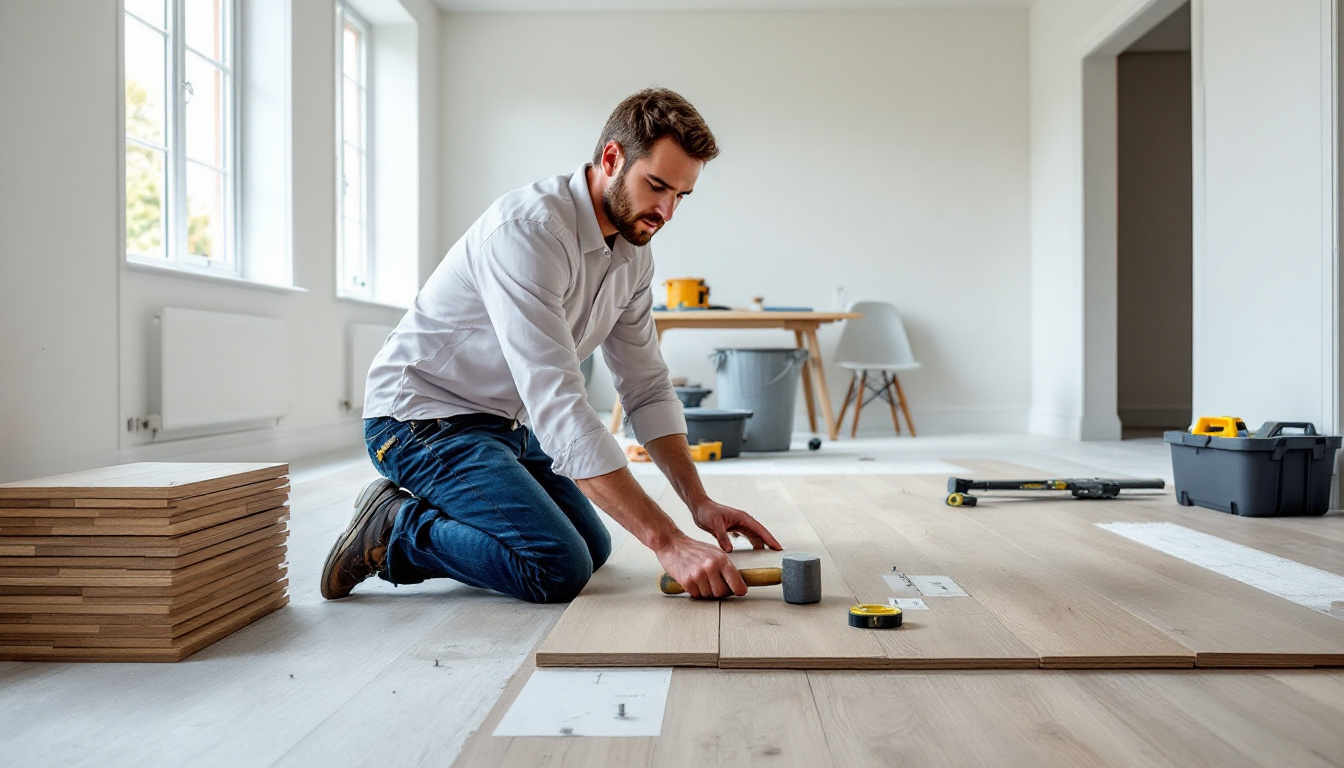
Temperature changes can significantly impact wooden flooring due to their influence on indoor relative humidity. When temperatures rise, wood absorbs more moisture, leading to expansion. Conversely, cooler temperatures result in wood releasing moisture, causing contraction. This cyclical process of expansion and contraction can exert stress on wooden floors, particularly when there are swift or extreme temperature shifts. As such, maintaining stable indoor conditions is essential to mitigate the adverse effects of these fluctuations and preserve the structural integrity of the flooring.
Seasonal changes exacerbate the impact of temperature fluctuations on wooden floors. During summer, increased humidity levels can cause the wood to swell, while in winter, heating systems often dry out the air, resulting in the wood contracting. These changes are particularly pronounced in regions with significant seasonal variations, where the repeated cycles of expansion and contraction can compromise the flooring’s durability. Understanding these seasonal effects is crucial for implementing effective strategies to protect wooden floors from undue stress and potential damage.
Potential damage from temperature fluctuations includes cracking, buckling, and warping of floorboards. As wood expands in high temperatures, it may push against adjacent boards or the subfloor, leading to buckling. In colder conditions, contraction can create gaps between floorboards, detracting from both the aesthetic and functional aspects of the flooring. Moreover, rapid temperature changes can accelerate these issues, resulting in costly repairs if not addressed in a timely manner. Awareness and proactive management of these factors are vital for ensuring the long-term beauty and performance of wooden floors.
Seasonal Maintenance Tips
To effectively manage wood floors through seasonal temperature changes, consider these practical strategies:
- Use humidifiers in winter to maintain optimal humidity levels.
- Ensure proper ventilation during summer to reduce excess humidity.
- Install appropriate heating systems that do not excessively dry out the air.
- Employ cooling systems in summer to prevent excessive expansion.
- Regularly monitor indoor humidity and temperature levels.
- Schedule professional inspections to assess and address any signs of damage early.
Choosing the Right Wood for Your Climate
Choosing the correct wood species for your climate is paramount for ensuring the long-term performance and aesthetic appeal of wooden floors. Different wood species exhibit varying degrees of stability and resistance to environmental changes, such as fluctuations in humidity and temperature. By selecting a hardwood well-suited to your specific climate conditions, you can prevent common issues like warping, buckling, and gapping, which are often exacerbated by unsuitable wood choices. This careful selection process not only safeguards the structural integrity of your floors but also enhances their longevity and appearance.
- Oak: Known for its durability and versatility, oak performs well in a variety of climates.
- Teak: Offers excellent resistance to moisture, making it ideal for humid environments.
- Maple: Provides great hardness and stability and is suitable for regions with significant temperature changes.
- Bamboo: Sustainable and highly adaptable, it effectively accommodates dry and wet conditions.
When selecting a wood species, consider factors such as local climate conditions, wood density, and the specific needs of your space. Wood’s density affects how it responds to environmental changes; denser woods like maple or oak may better withstand fluctuations without significant movement. Additionally, understanding your area’s humidity and temperature patterns will guide you in choosing a wood species that can naturally adapt to these conditions, ensuring your floors remain beautiful and functional for years to come.
Effective Maintenance Practices for Wooden Floors
Routine maintenance is vital for preserving the beauty and functionality of wooden floors, especially considering the climate and humidity conditions unique to each environment. Regular upkeep not only enhances the longevity of the flooring but also safeguards it against potential damage caused by moisture and temperature fluctuations. Prompt action, such as immediate cleaning of spills, is crucial to prevent moisture damage, which can lead to warping, buckling, and gapping between floorboards. By maintaining a consistent wood care routine tailored to the specific climatic conditions, homeowners can ensure their wooden floors remain an enduring investment, thriving in well-regulated environments.
- Regularly sweep or vacuum to remove dirt and debris that can scratch the surface.
- Use dehumidifiers to maintain optimal indoor humidity levels between 30% and 50%.
- Implement daily ventilation practices to balance indoor air quality and humidity.
- Place mats at entrances to reduce the amount of dirt and moisture brought indoors.
- Use furniture pads to prevent scratches and dents from heavy furniture.
- Schedule regular inspections to identify and address early signs of wear or damage.
Professional maintenance services offer significant advantages for those seeking comprehensive care for their wooden floors. Engaging experts like Ryan’s Restoration ensures that floors are treated with the highest standards of care, employing advanced techniques and industry knowledge to address any issues effectively. Professional services provide peace of mind but also extend the lifespan of the flooring by implementing tailored solutions that consider the wood’s and the environment’s specific needs. By investing in professional maintenance, homeowners can enjoy the enduring beauty and performance of their wooden floors, confident in the knowledge that they are well-protected against the challenges posed by climate and humidity.
The Importance of Proper Installation for Longevity
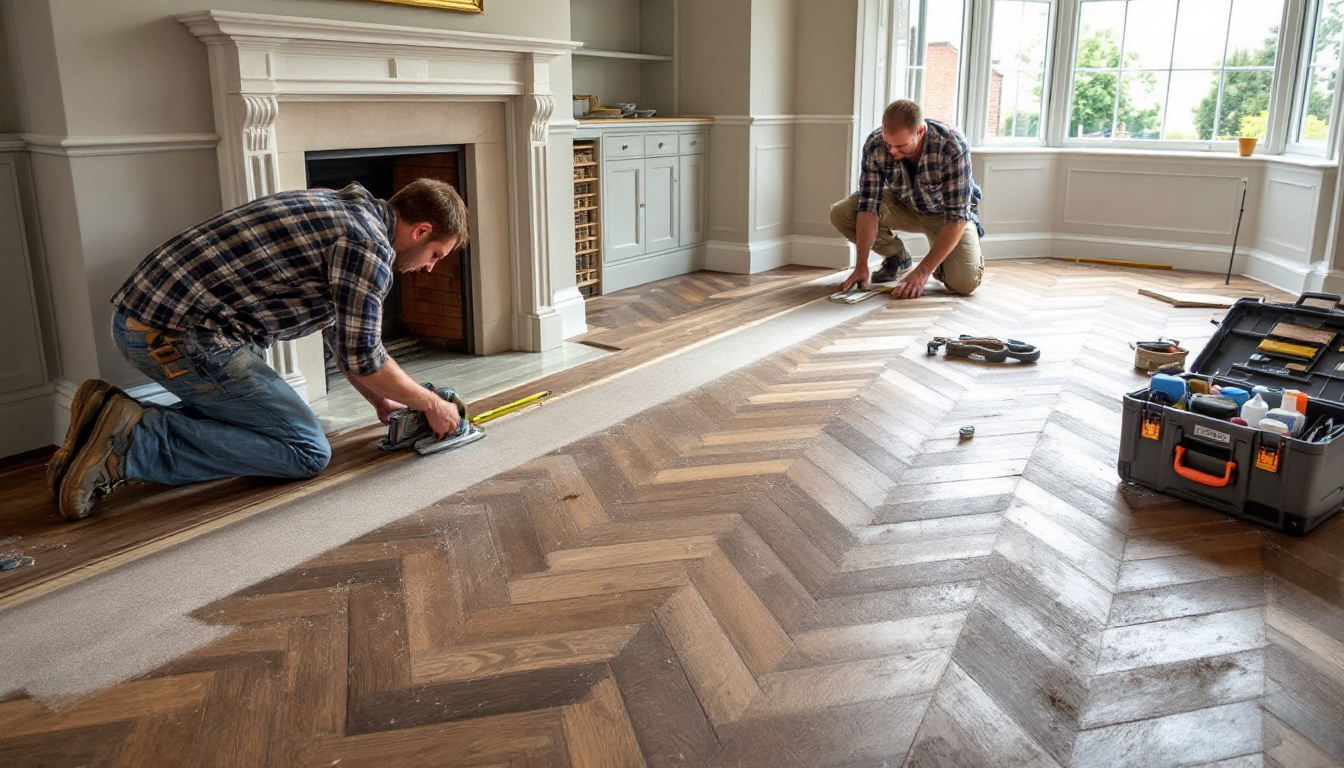
Proper installation is crucial for the longevity and beauty of wooden floors, particularly in regions experiencing significant seasonal changes. During installation, it’s essential to consider environmental factors such as humidity and temperature fluctuations. Installers can accommodate natural wood movement due to climate variations by leaving appropriate expansion gaps between floorboards. These gaps prevent issues such as buckling and warping, which can occur when floors expand without room to move. Ensuring a stable installation environment is a preventative measure that upholds the structural integrity of the flooring and enhances its lifespan.
Professional services like Ryan’s Restoration provide substantial benefits in achieving a high-quality installation. Professionals are equipped with the expertise to assess and adapt to specific environmental conditions, ensuring that every step of the installation process is tailored for optimal performance. They can implement advanced techniques and solutions that account for humidity levels, floorboard positioning, and subfloor conditions with their knowledge. Engaging skilled professionals not only ensures a flawless finish but also offers peace of mind that the flooring will endure the test of time, maintaining its aesthetic appeal and functionality.
Installation Tips for Different Climates
- In humid climates, use moisture barriers to prevent excess absorption.
- In dry regions, ensure adequate acclimation time for wood before installation.
- For areas with seasonal changes, leave appropriate expansion gaps.
- Use adhesives suitable for the specific humidity levels of the environment.
- Prioritise stable subfloor conditions to support long-term durability.
Final Words
Understanding how climate and humidity affect wooden floor longevity is essential for preserving the beauty and function of hardwood floors. The impact of climate, especially humidity and temperature fluctuations, plays a crucial role in the expansion, contraction, and overall health of wooden floors. Choosing the right wood species for specific climates, coupled with effective maintenance practices and proper installation, can significantly enhance floor longevity. By considering these factors, homeowners can enjoy a dust-free, high-quality floor that adds aesthetic and financial value to their homes.
FAQ
How does humidity affect wood floors?
Humidity affects wooden floors by causing them to expand or contract. High humidity levels make the wood absorb moisture, leading to expansion, whereas low humidity results in contraction, possibly causing warping or gaps.
How does humidity affect wood?
Humidity influences wood by altering its moisture content. When humidity is high, wood absorbs moisture and swells; when humidity is low, the wood releases moisture and contracts, impacting its structural integrity.
What is the best wood flooring for a humid climate?
The best wood flooring for humid climates is made from species like teak, mahogany, or engineered hardwood. These types offer better stability and resistance to moisture-related expansion and contraction.
What is the environmental impact of hardwood flooring?
The environmental impact of hardwood flooring includes deforestation, carbon footprint from manufacturing, and transportation. Opting for sustainably sourced wood and responsible manufacturers can help mitigate these effects.
